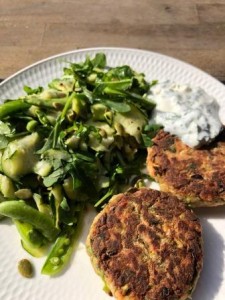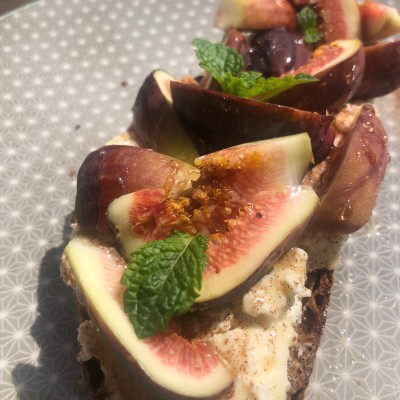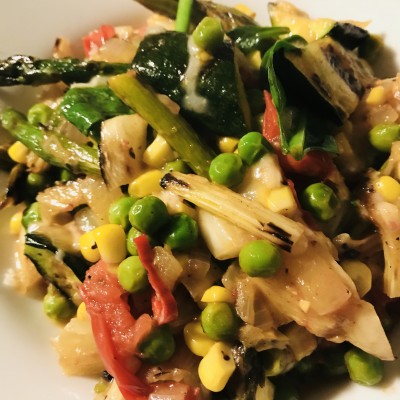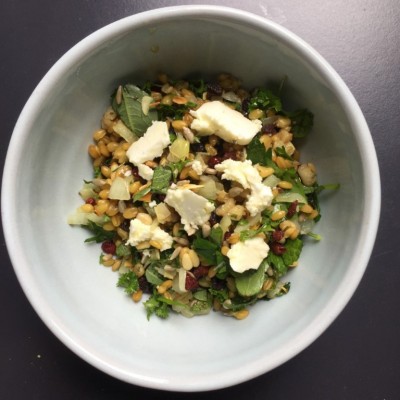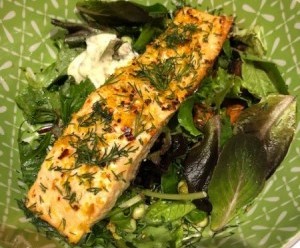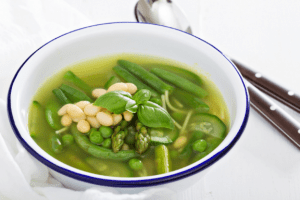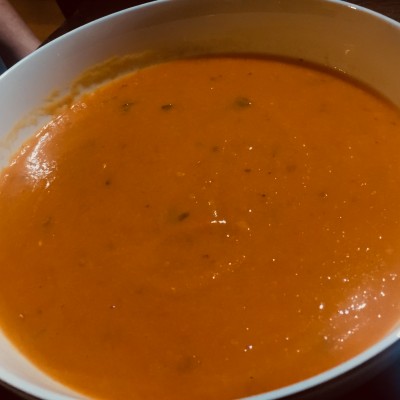
by Tina Jenkins, FGHG Naturopath
This roasted tomato soup is one of my favourite winter recipes. Roasting the tomatoes brings out their natural sweetness and enhances the flavour. You don’t have to add the wholegrain sourdough/ciabatta into the soup although that does make it more filling. I usually double or triple the recipe and stock up the freezer with it so it’s easy to take out the night before for a very quick dinner the following day (all you have to do is pop it on the stove to reheat and it’s ready in minutes😊.
Serves 6
Ingredients
½ bulb of garlic
2 kgs of ripe tomatoes
1 tsp dried oregano
1 Litre of vegetable stock
4-5 sprigs of fresh basil + additional leaves for garnish
1 tbls of red wine vinegar
~150gm wholegrain sourdough/ciabatta
Olive oil
- Preheat oven to 200 degrees Celsius. Break the garlic up into cloves and slice the tomatoes in half. Lay out the tomatoes (cut-side up) on a roasting tray and scatter over the garlic cloves (unpeeled). Sprinkle over the oregano, salt and pepper and drizzle with olive oil. Roast in the oven for 50-60mins until the tomatoes are soft and sticky.
- Remove the tray from the oven and pick out the garlic cloves. Tip all contents of the tray into a large saucepan. Squeeze the sticky insides of the garlic cloves into the saucepan and throw away the skins.
- Add stock and roughly chopped basil (including stalks). Tear the bread into pieces and add to saucepan. Bring to the boil, then simmer for about 10 mins.
- Add the red wine vinegar and then blitz in a blender until smooth.
- Serve in bowls, drizzle with olive oil and remaining basil leaves.



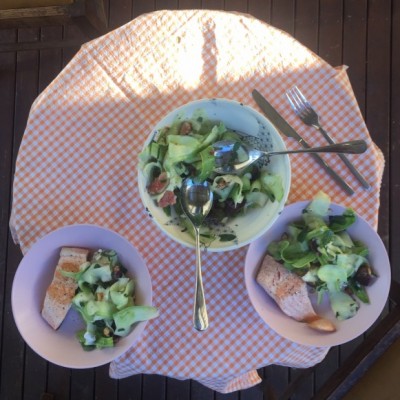
 Ingredients
Ingredients